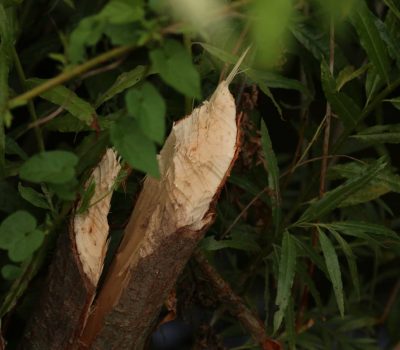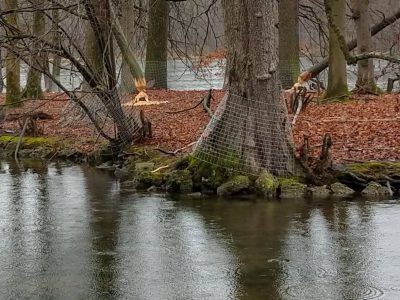I spent a recent weekend visiting friends in Munich. In between walking the least demonstrative dog in the world, playing Super Mario Karts with my godchildren (I lost, obviously) and catching up with old friends over cocktails, I took a walk through the great wooded parkland of the Schloss Nymphenburg to visit the wonderful glasshouses of the Botanic Gardens.
A Natura2000 site, recognized for its Hornbeam woodland, the Schlosspark is an area of forest, meadows, lakes and the formal gardens of the Nymphenburg Palace, just west of Munich city centre, once the hunting park of the Hohenzoller family, one of those families of German minor royalty that went out of fashion somewhat during the 20th century… This is an area I have visited many times over the years, where on previous visits I have almost tripped over a stripy young Roe Deer, hiding amongst the long grass, chased Sand Lizards amongst the leaf litter, and stared into the blazing eyes of a Goshawk one memorable winter’s day as he eyed up the local Red Squirrels for his next meal… it’s certainly a bit different to my local park back home in Derbyshire, that’s for sure.
But this morning, things looked a little different to the last time I visited. As I walked through the forest towards the open meadows of the park, rings of chicken wire started to appear around some of the trees. And as I got closer to the lake, it soon became clear why. Amongst the many wire-protected trunks were fallen trees, piles of chippings and the almost comic book, hour-glass ‘nibblings’ of trees being felled… Beavers have arrived!


Europe’s largest rodent, Beavers were lost from much of the continent by the 19th century, hunted for their fur, oil and even as food: famously, beavers were considered as fish by the monks of Europe, and so available for Friday feasting. (Famously, but should that be apocryphally? I’ve heard the same story told about otters, and I for one can’t imagine anyone eating an otter, when they could just eat a carp instead.) Luckily, they held on in some protected corners of the continent, and during the 1980s, conservationists across Europe have worked hard to help the beaver return to its native wetlands.
Bavaria, in common with much of western Europe, has lost its beavers by the end of the 19th century. A re-introduction project began in the catchment of the Danube in the 1960s, and in recent years the Bavarian population has boomed. From lower down the Danube, they have spread further up the Isar, and signs of beaver feeding are now a frequent site where the river flows through the centre of Munich. This great ecosystem engineer looks like he is back to stay.
The presence of Beavers in the wider countryside is a marvelous thing, with huge benefits in terms of flood control, water quality as well as for biodiversity. This is something we are now learning back home in the UK. The Scottish population of beavers is now thought to number into the thousands, and they have been or are being reintroduced into a number of river catchments across England and Wales, most famously on the River Otter in South Devon where, in the company of Mike Symes, local experts from Devon Wildlife Trust, a group of Wildlife Travellers and I enjoyed some amazing views of a Beaver last summer. And the source of these reintroduced British beavers? Bavaria…


